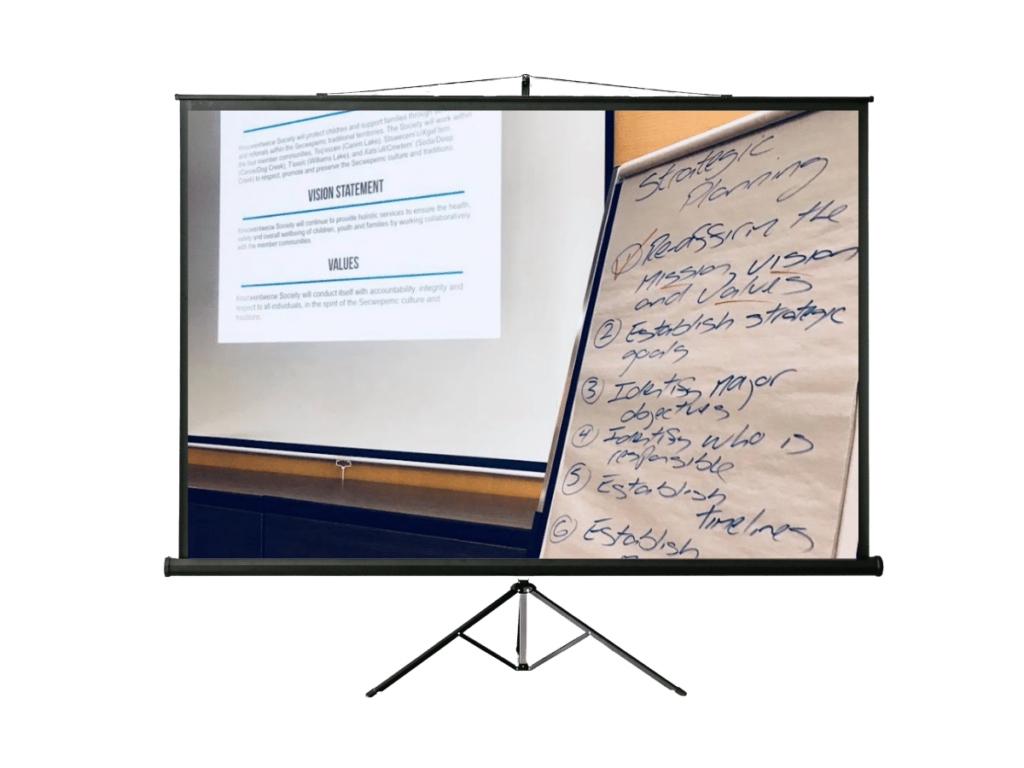
Brand recognition isn’t just for big corporate companies. If done well, your nonprofit organization can too benefit from the advantages that come with a solid branding strategy; increased trust in your work, instant recognition and differentiation in an increasingly crowded space. If you’re struggling to communicate your work, the people you help, and the change you want to see in the world into your nonprofit branding – read on to discover a step-by-step guide to branding a nonprofit.
Also read:
- A Guide To Social Media for Nonprofits: Impact With A Low Budget
- Nonprofit Website Accessibility Advice, Guidelines & Best Practices
- Creating Online Courses to Increase Membership Retention with Gordon Sheppard
What is branding?
A brand is a set of associations that a person or people make with a company, product, service, individual or organization. These associations might have been intentionally implemented or promoted by marketing. Or some may be purely coincidental.
If a brand is a set of associations and perceptions, then branding attempts to better leverage these controls. Ultimately, helping to define your business as a trusted, reliable and honest service.
What is brand identity?
A brand identity is the visible elements of your nonprofit’s brand that identify and distinguish you from other organizations. These elements are usually the colour, design and logo. Often confused for brand image, which is the intent of your organization’s branding that creates a specific ‘image’ of your operation in the audience’s mind.
The importance of branding for nonprofits
You probably wonder why it’s necessary to focus on branding when you have so many things going on. After all, running a nonprofit organization isn’t easy. By having a solid brand, you’ll distinguish yourself from your competition. Which in turn makes it far easier to increase donations, membership and get the results you want. It also makes it easier to describe what you do to other people. So that you can continue to raise awareness for your cause by using your brand to tell a story.
Also read: The Secret To Brand Messaging Is Value-Based Decision Making
How to brand a nonprofit organization
Nonprofit branding is much more than picking a colour palette and choosing typography. You need to design a comprehensive brand narrative that will withstand the test of time. Alongside ensuring that it also communicates across all platforms with consistency. Check out our steps on how to brand your nonprofit organization below:
1. Understand your target audience
The first step in creating an effective and influential nonprofit branding strategy is considering who your audience is. You need to think about which groups of people are most critical to your organization; for instance, major donors? Community activists? Beneficiaries?
Choose two to five audience groups and develop a character profile to stand in for each one. That way, you can give each profile a name, demographic details, and psychographic details. Things like what matters to them, what motivates them, what they fear, and what they dream about achieving.
As you progress, keep referring back to your audience profiles. Then imagine you’re viewing your nonprofit branding strategy from their perspective.
2. Define your purpose
Now you know who your target audience really is, you can start crafting who you are. At this stage, you’re beginning to build your brand story. As a result, you’ll want to reflect on your organization’s mission and vision to inform this narrative. Consider, what is it exactly you do, and why?
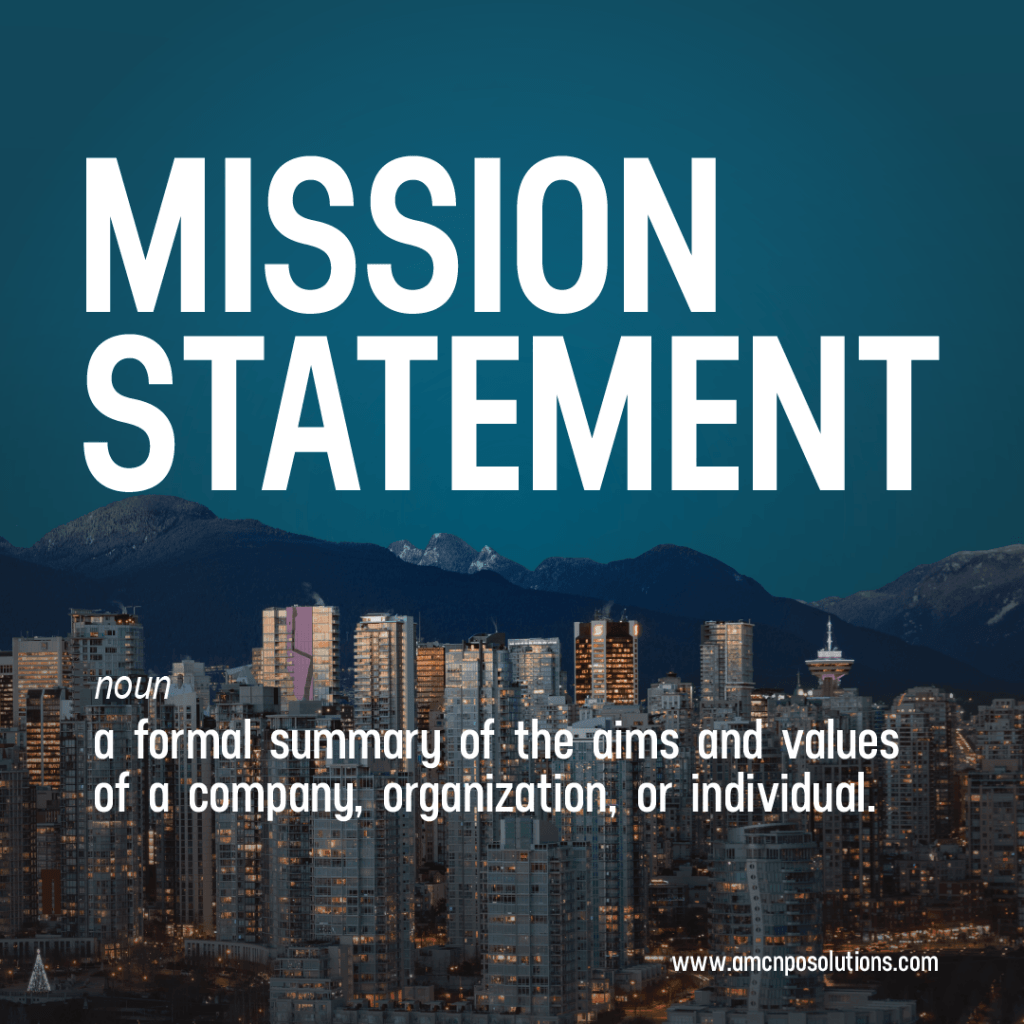
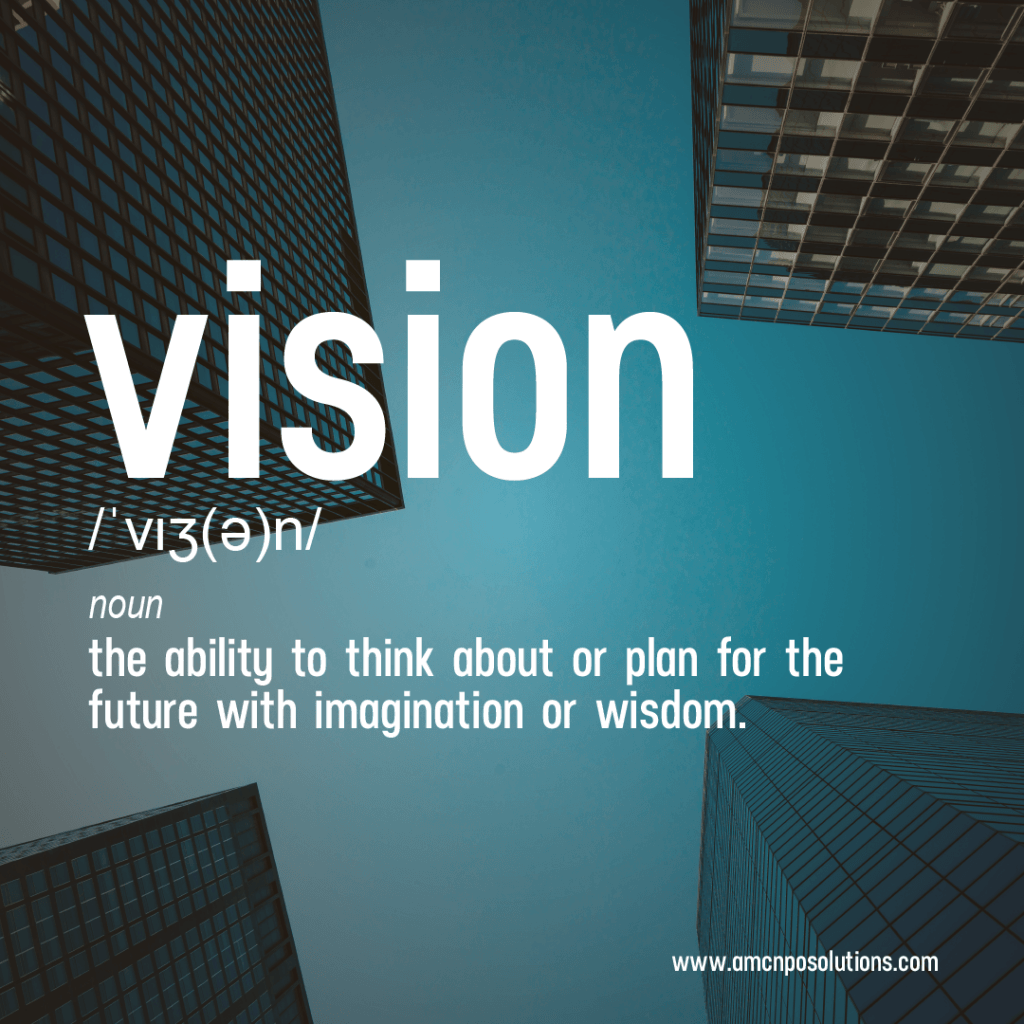
Vision definition
3. Define your story & messaging
Your key messaging and overall brand story need to be concise on your motivations and work. So much so that any of your staff, volunteers and beneficiaries can communicate what it is you do in 30 seconds or less.
When communicating with the audience (funders and beneficiaries), nonprofits need to think about their needs and preferences regarding the content they’re creating. For instance, are you speaking their language? Always make your pitch quick, pack a punch and be easily digestible and hit directly on the core values the audience relates to.
Also, as Ashlee suggests, remember to bring your messaging back to stories of real impact in people’s lives as a way to connect your staff back to the organization’s values and mission. Not only will you resonate with the audience, but you’ll help your brand become credible and authentic.
4. Build your nonprofit branding guidelines/branding kit
Time to bring your brand to life by creating a visual brand identity. To achieve this, you need to make a living, breathing, easily accessible and shareable document for your workforce. Otherwise known as your branding guidelines. Below, we lay out every aspect you need to include in yours:
Positioning
What distinguishes you from other nonprofit organizations in the space? Positioning refers to how you communicate your uniqueness amongst other similar nonprofits. In simple terms, your defining features. Although, it’s also essential to consider that nonprofit differentiation differs from corporate differentiation. As the nonprofit world is more collaborative than competitive.
You and your competitors are all working toward the same goal. Which can ultimately make it tricky to define why supporting your cause is the best possible choice. But you must choose one differentiator to help you stand apart.
Personality/Tone
After reflecting on your organization’s mission and vision, you should be able to humanize your nonprofit’s personality with definable characteristics such as “optimistic,” “inclusive,” and “inventive.” By doing so, you’ll develop your brand’s identity and give your audience a way to connect with you. Likewise, for your tone of voice for the way you speak and write. Ensure you’re talking in the same language as your audience, so you make it natural for them to connect with you.
Color Palettes
Colour is highly emotive and has many different connotations depending on where you are in the world. That’s why when choosing a colour palette to represent your brand, it’s important to consider common associations to specific colours. At this stage, you’re going to need to pick a primary colour and secondary colour and note the exact shade of each colour for each. Your primary colour is the overall colour representing the brand itself. The secondary colour is for creating media and marketing materials about your organization, such as call-to-action buttons on your website.
Typography
Now choose a primary and secondary font that accurately represents your brand’s personality – but remember, sometimes logos are typographic, meaning they’re represented solely by a name – so it really has to convey your brand’s personality.
Create a logo
This section is for ensuring your logo is represented accurately everywhere it is displayed. To ensure this happens, include a high-resolution image of your logo with and without a background to this section. Then, include details about the rules for posting and using the logo in certain contexts.
Best practices for managing your nonprofit branding strategy
You know the process of how to brand your nonprofit, but now let’s delve into the best practices that should inform your strategy:
Build brand democracy
You need to trust your staff, volunteers, and donors to know how to communicate your brand’s identity accurately. For this to happen, your organization must create a level of brand democracy. In simple terms, supporting your people to know how to discuss your cause outside of the office, whether that’s in-person or online. To do this, you must do several things:
- Provide resources: Are all of your organization’s materials easy to access? It would help if you made it effortless for staff to view your mission and vision statements, meeting minutes and case stories that articulate what your organization seeks to do and achieve.
- Focus on your mission statement: Everyone in your organization should know what you do and why.
- Get everyone on the same page: From part-time volunteers to the board of directors- everyone in your organization should be able to communicate what you do in 30 seconds or less.
Speak your audience’s language
To connect, engage and inspire your audience of donors and beneficiaries, you must speak their language – or in other words, be able to able to connect beyond the surface.
You may already do this, but to resonate with your audiences at a deeper level, you need to understand their motivations for feeling and acting. You can gain critical insight into feelings and belief systems by conducting personal interviews, surveys and spending time with your supporters and community.
Create a living brand guideline document
Having a live document, preferably on a cloud sharing service like Google Docs or Dropbox, will allow your nonprofit organization to keep an up-to-date record of your branding guidelines.
That way, everyone can have an instantly accessible document at any time to refer back to branding guidelines when carrying out any related task that requires consistency.
Utilize case studies to tell your story
A case story is an example of a beneficiaries story, strengthened by relevant data – and when combined with emotional and informational elements, can broaden your reach and connection to the audience When attempting to create a case story to convey your message and cause across platforms like social media, newsletters, blogs, annual appeals and your annual impact report – you need to ensure you include several essential aspects:
- Who is the beneficiary? How did they find you?
- How do they relate to the rest of the people you help?
- What were their goals? How does this relate to others you help?
- What were their needs? How does this relate to others you help?
- How did you meet their needs and satisfy their goals?
Know the three pillars of nonprofit branding
Create a compelling brand that resonates with your audience by following the three pillars of branding:
- Your organization: People want to join brands – not buy them. Tell the world what you believe in and what you want to do as an organization by sharing your mission, goals, beliefs, programming and strategic plan.
- Your audience: You need to know the ins and outs of your audience if you want to inspire the people who support you to take action. Directly hit on those things that are important to them in your messaging.
- Outside influences: What does your issue space look like? You need to be differentiated with a strong message so that people say, “I want to donate to you vs. the other organization.”
Want to hear more? Discover how to use branding to tell your organization’s story with Amy Small, EVP of Creative & Brand at Media Cause.
Use value-based decision-making to inform messaging
Value-based decision-making is a method for viewing every problem or opportunity within the organization through a lens of your values. This decision-making method allows your leadership teams and staff to live out the organization’s purpose as intended. After all, you can only impact if people know what you’re doing – you can not be the best-kept secret and have the type of transformation you desire. That’s why in terms of brand messaging, you should be committed to aligning those with your values.
Always bring your messaging back to those stories of real impact in people’s lives as a way to connect your staff back to the organization’s values and mission.
Is social good baked straight into your nonprofit, but you have no idea where to start communicating this to funders, supporters and those not in the know? Listen to Ashlee Sang discuss the ins and outs of brand messaging for nonprofits.
Download the guide on 8 reasons why strategic planning fails and learn what to do instead.
Inspiring nonprofit branding examples
One of the best ways to inspire your own nonprofit branding strategy is to check out other impactful organizations in the space. That’s why below, we’ve gathered several organizations that have mastered their nonprofit branding strategy:
Teach for Canada
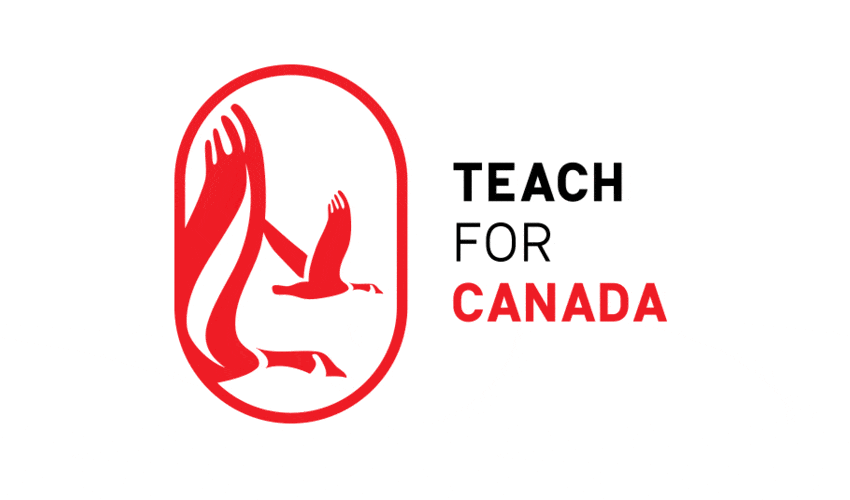
Teach for Canada is a Canadian nonprofit organization that focuses on promoting and sustaining education for Northern and First Nations communities. They’ve achieved an effective nonprofit branding strategy that actively engaged teachers, mentors, community leaders and beneficiaries to unite in the mission for equal education.
In the GIF above, you can see they’ve developed their logo into three languages to appeal to their three different audiences: Ojibwa, French, and English. For this reason, most of their visual branding elements were designed with input from the teachers themselves and the Indigenous communities to honour their origins and depict an authentic representation of life in the North.
Lawn Summer Nights

The Cystic Fibrosis Canada team regularly holds a summer fundraising event called “Lawn Summer Nights” and has used this impactful campaign to raise awareness and funding for a cure for the disease. As seen above, they created their branding strategy with young urban professionals in mind with this cool, hipster-esque digital-friendly campaign.
Catherine Donnelly Foundation
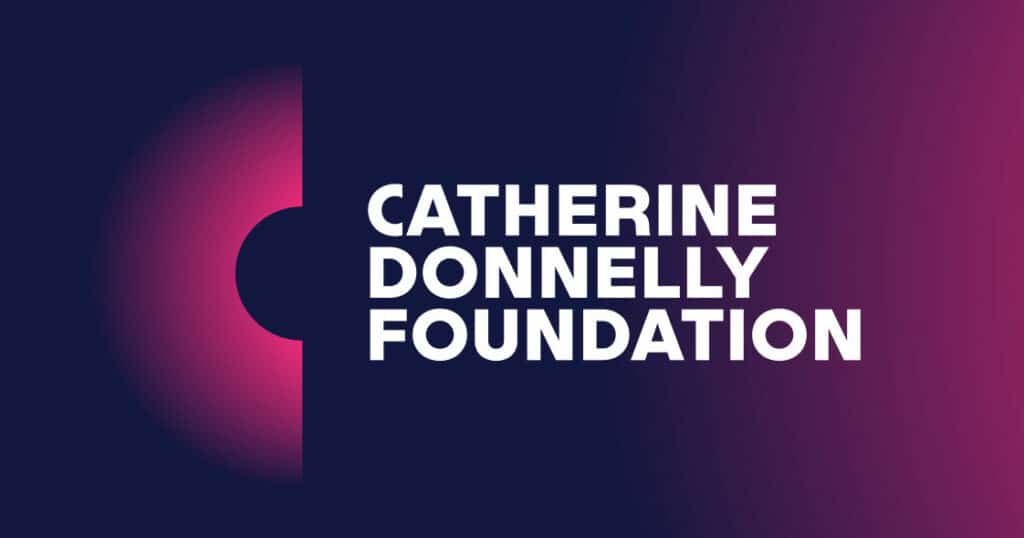
As one of Canada’s most established nonprofit organizations, the Catherine Donnelly Foundation seeks to provide grant funding to several social initiatives concerning the environment, housing, adult education, and impact investing. Their newly designed brand modernizes a human-centred approach to thriving in a digital space – as represented by the “luminous C” that symbolizes the radiation of light and hope while connecting with the initial representing the C in CDF.
Common nonprofit branding mistakes
We’ve discussed everything you should do regarding nonprofit branding, but what nonprofit mistakes should you know to avoid? Find out below!
Neglecting branding guidelines
You’ve worked hard to ensure your branding guidelines are unique and accurately represent your work as an organization, so don’t make the nonprofit branding mistake of not using them! Ensure you don’t have inconsistent branding across platforms by providing your staff with specific and easy-to-understand guidelines.
Not evolving
People’s tastes change over time, and so should your organization’s brand identity. Not evolving your brand is neglecting to update what your nonprofit represents, which is a vital connection to you and your audience – so don’t be afraid to involve them in the discussion.
A generic brand identity
A strong brand identity is a defining difference between blending into similar generic style nonprofits and standing out from the competition. Marketing, however, is always the first thing to be ditched by organizations when funds become scarce, which is why this consideration can often fall to the wayside.
But by taking shortcuts on crucial aspects of your brand, you risk missing out on resonating with your audience. In fact, memorable logos are 13% more likely to get peoples’ attention and 71.6% more likely to get a positive response from people.
Create a brighter future for your organization with AMC
AMC’s skilled strategic planning facilitators can help you navigate complex issues and build the transformative plan you need for success.
Whether you have a specific goal, troublesome problem or a new exciting opportunity you need assistance navigating -AMC’s customized strategic planning sessions will help.
Contact us today to learn how AMC’s Strategic Planning facilitators can help your organization develop, improve, and grow.
